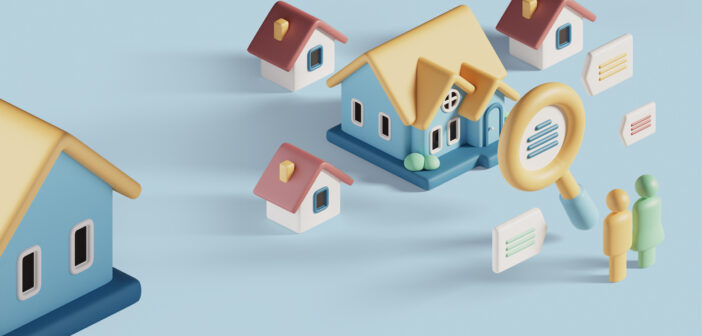Higher interest rates usually result in falling house prices, as the higher mortgage interest rate increases the monthly payment. Consider a $250,000 house purchased with a 20% downpayment. When the 30-year fixed mortgage rate is 3%, as it was in 2021, the monthly payment is about $850. When this interest rate rises to 7.5% as it did in 2023, the monthly payment doubles to $1,400. Housing thus becomes less affordable and the demand for houses falls, reducing their price; the fact that this did not happen in 2023 was surprising. A likely explanation for this is that housing supply remains constrained, which is keeping prices elevated.
New home construction has not recovered to where it was prior to the Great Recession 15 years ago. Two million new homes were built in 2005. In contrast, only 1.5 million homes were built in 2022 (the most recent year data is available for). In no year since the Great Recession did new home construction recover to where it was prior to the crash. Had there been no crash and new home construction remained at two million homes per year between then and now, there would be over 16 million more homes in existence.
It is sometimes said that home buyers “buy the house but date the rate,” meaning homeowners can refinance when rates fall. Certainly, some buyers are counting on this; but what if rates do not fall?
Additionally, homeowners with a low mortgage interest rate are reluctant to put their houses on the market since selling their house means having to buy and finance a different one at a higher interest rate. Approximately 80% of homeowners have a mortgage with an interest rate of 5% or less. On average, current homeowners are paying a 3.6% interest rate on their mortgage. Selling would thus mean selling a house they are paying a 3.6% interest rate on and buying a different one at a 7.5% interest rate, roughly doubling their monthly payment. Homeowners who are facing this situation are understandably reluctant to sell. In fact, there are only about half as many active home listings in 2022 than in 2017. This reluctance to sell hinders people’s ability to move and change jobs, which also negatively impacts the labor market and broader economy.
What this reduction in supply means is that people are buying homes when both prices and interest rates are elevated. Home prices in 2023 were, on average, higher than in late 2021/early 2022 when the 30-year fixed mortgage rate was 3%.
It is sometimes said that home buyers “buy the house but date the rate,” meaning homeowners can refinance when rates fall. Certainly, some buyers are counting on this; but what if rates do not fall? Betting incorrectly on interest rates has led to more than one bankruptcy. In 1994, Orange County California went bankrupt when the county treasurer made investments that yielded substantial losses when interest rates moved in the wrong direction. Interest rate swaps purchased by the City of Detroit in 2005 and 2006 resulted in multimillion-dollar losses and contributed to the city’s bankruptcy. If interest rates do not fall, the impact on the economy is similarly a risk factor in 2024.








